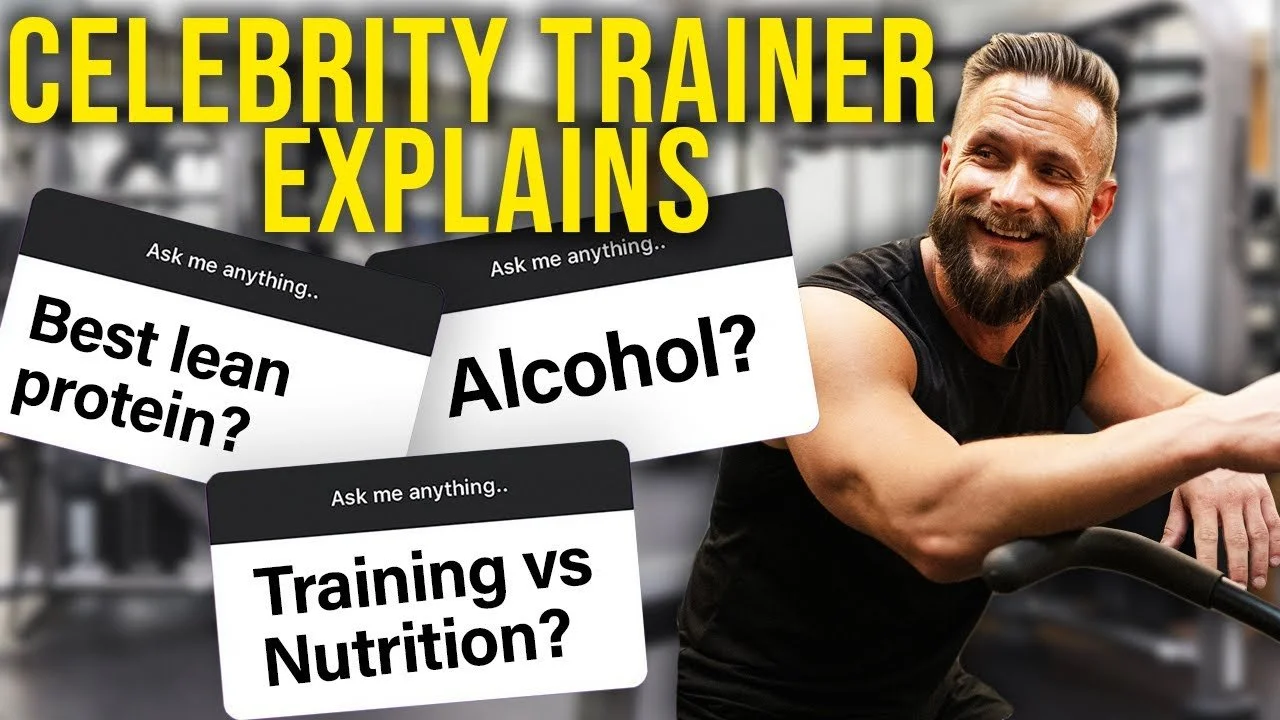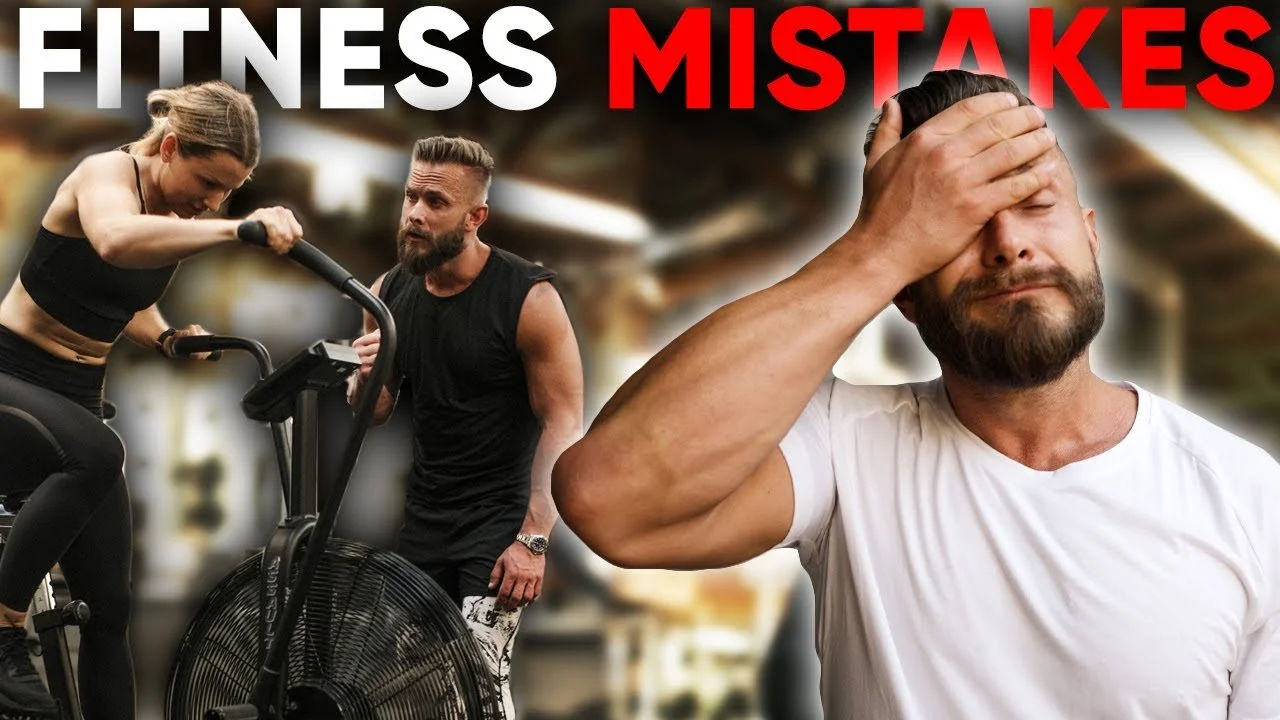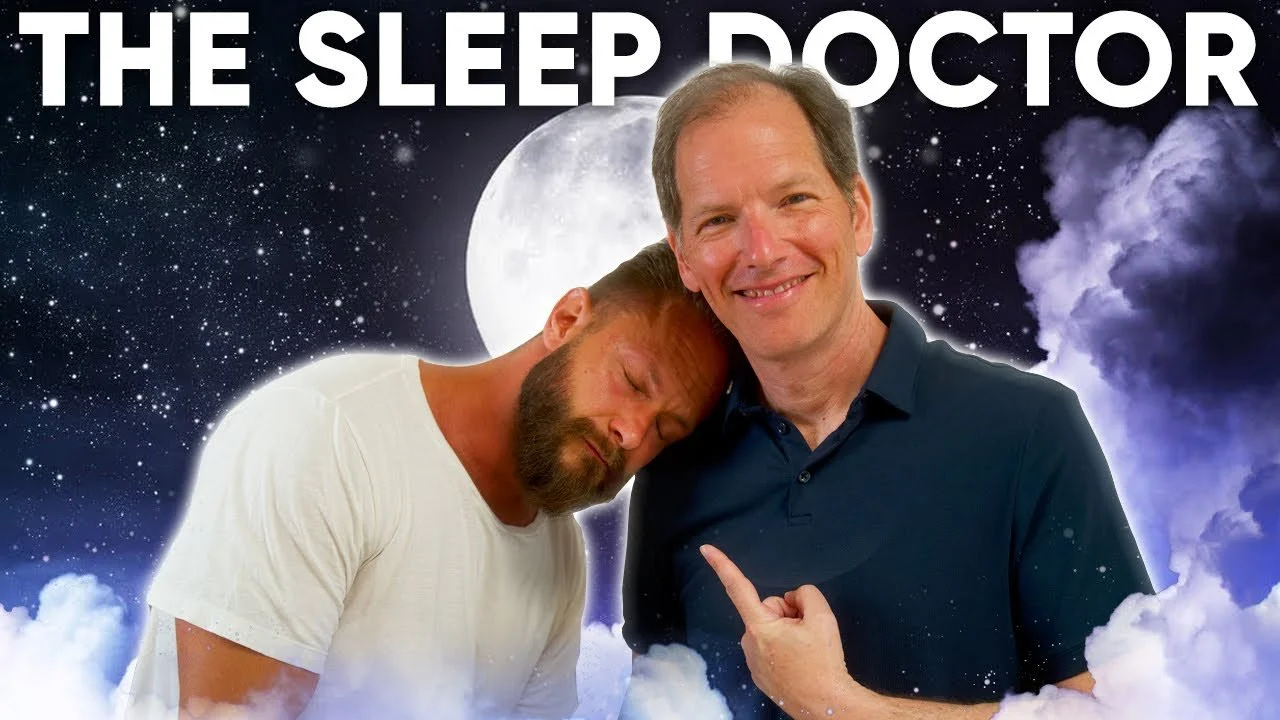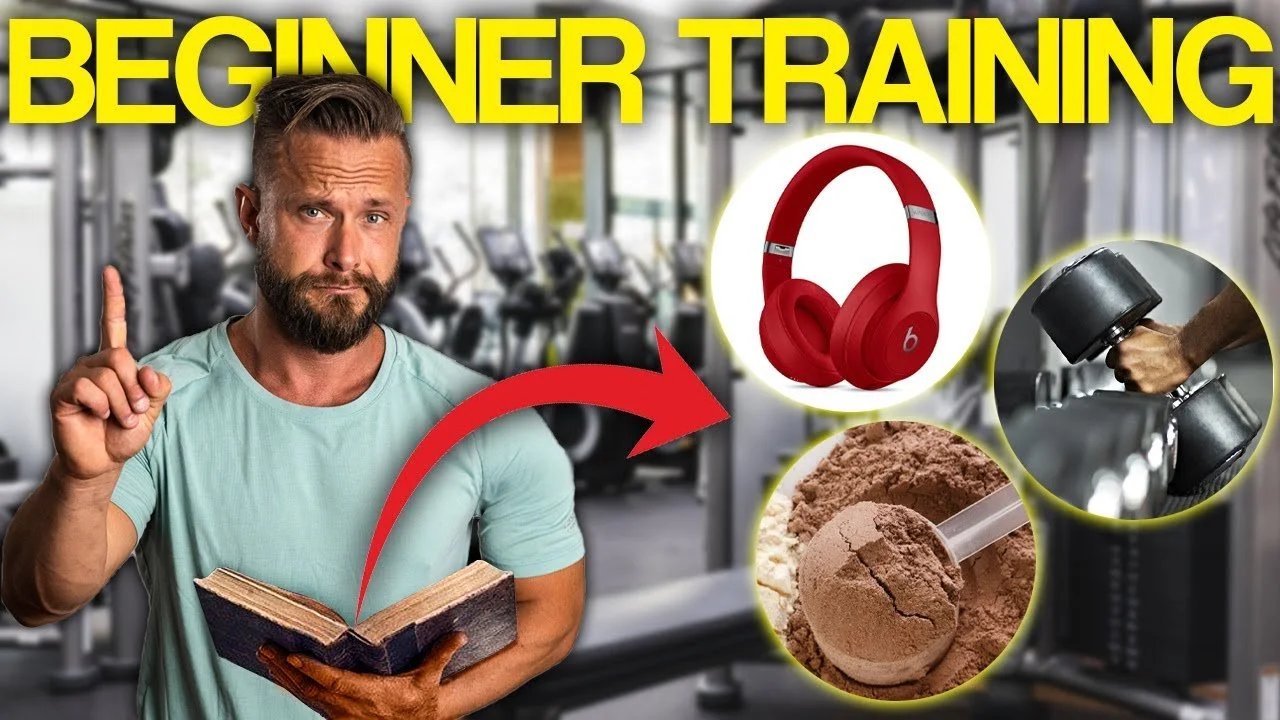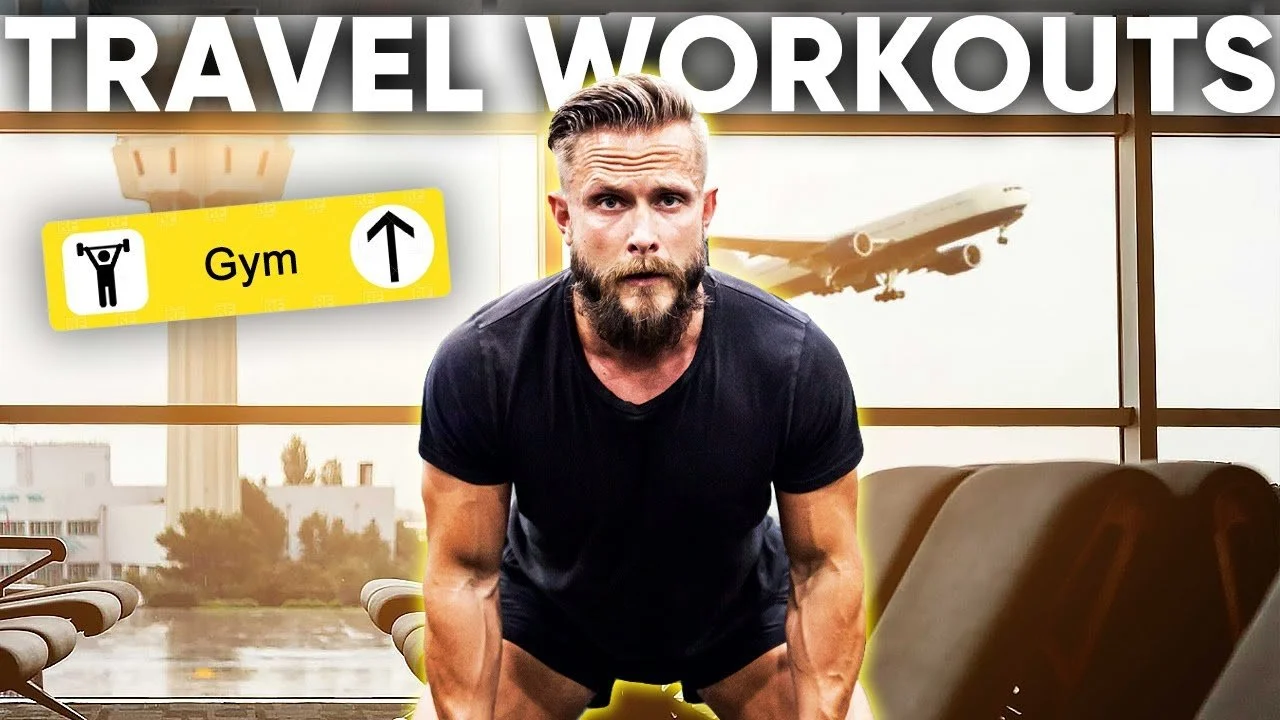How to Train Like a Professional Football Player
Are you curious about what a professional football player workout looks like? Well, I recently had the incredible opportunity to train with none other than John Wilford, the quarterback for the LA Rams. The goal? To get a firsthand taste of what it's like to follow a football player workout routine and understand how to train like a football player.
Meeting John Wilford
First things first, meeting John was an absolute thrill. The man is not just an NFL quarterback; he's a true professional with an unparalleled work ethic. The excitement of putting him through one of my superhero workouts was palpable.
But today, the tables were turned, and John was going to challenge me with an NFL quarterback workout. Buckle up because this journey was as intense as it was enlightening.
The NFL Football Player Workout
So, what exactly does a professional football player workout include? John outlined our plan for the day, and let me tell you, it's not for the faint of heart. We began with mobility exercises, which are crucial for quarterbacks to maintain flexibility and prevent injuries. These included:
Lean Board Stretch
This is a foundational exercise for improving flexibility and mobility in the glutes and hips. Hold the stretch for 10 seconds on each side, feeling the tension release as you lean gently into the movement. This stretch prepares your muscles for dynamic movements and reduces the risk of injury during explosive actions.
Hip Activation
Activating the hips is crucial for generating power and stability in athletic movements. By pushing one heel into the ground while standing, you engage the hip muscles, priming them for action. This exercise enhances coordination and proprioception, ensuring your body moves efficiently and effectively during throws and other explosive actions.
Hip Circles
Hip circles are a dynamic exercise in a football player workout designed to improve hip mobility and range of motion. Imagine tracing a circle with your hips as if trying to step over a low hurdle. This movement targets the glutes and hip flexors, enhancing mobility and reducing the risk of injury during explosive movements. Perform hip circles in both directions to ensure balanced muscle activation and optimal mobility.
Hurdle Step-Overs
This exercise challenges hip mobility, agility, and coordination. Mimicking the movement of stepping over a hurdle, this exercise strengthens the muscles around the hips and improves overall lower body stability. Focus on smooth and controlled movements, lifting the knees high and stepping over an imaginary hurdle with precision. Incorporating hurdle step-overs into your routine can enhance your agility on the field and help you maneuver past defenders with ease.
Hip Rotations
Hip rotations are essential for quarterbacks looking to improve their throwing mechanics and accuracy. This exercise targets the muscles responsible for hip rotation, enhancing mobility and stability in the hip joint. Rotate your hips smoothly and controlled, focusing on generating power from the core and transferring it through the hips. Incorporating hip rotations into your training regimen can improve your throwing mechanics and help you deliver passes with precision and power.
John emphasized that these exercises were just the beginning of a football player workout. If you want to understand how to train like a football player, you need to know that NFL quarterbacks dedicate themselves to these routines daily, recognizing the importance of mobility in their physical performance.
Upper Body Stability and Posture
After our mobility session, it was time to focus on upper body stability and posture. John introduced me to strength training exercises that are critical for maintaining the right posture during high-pressure games and avoiding injuries.
External Rotations
External rotations are a fundamental exercise for strengthening the rotator cuff muscles and improving shoulder stability during a football workout. Using a resistance band or cable machine, stand with your elbow bent at a 90-degree angle and your forearm parallel to the ground.
Rotate your forearm away from your body against the resistance, focusing on controlled movement and engaging the muscles around the shoulder joint.
This exercise helps prevent shoulder injuries during football games by strengthening the muscles that stabilize the shoulder joint and improving overall shoulder mobility for football athletes.
T-Spine Activation
T-Spine activation exercises target the thoracic spine, which plays a crucial role in maintaining proper posture and body strength. Lie on your back with your knees bent and feet flat on the ground.
Place a foam roller or rolled-up towel under your upper back, just below the shoulder blades. Interlace your fingers behind your head and gently support your head with your hands. Slowly extend your spine over the foam roller, allowing your chest to open up and your upper back to arch slightly.
This exercise helps mobilize the thoracic spine, improve posture, and reduce the risk of upper back stiffness and pain.
Anti-Rotation Band Pulls
Anti-rotation band pulls are an effective exercise for targeting the muscles of the core and improving stability in the torso. Attach a resistance band to a sturdy anchor point at chest height. Stand perpendicular to the anchor point with your feet shoulder-width apart and hold the band with both hands in front of your chest.
Engage your core and resist the band's pull as you extend your arms straight out in front of you, maintaining a stable torso throughout the movement.
This exercise helps strengthen the muscles that support proper posture and spinal alignment, reducing the risk of injuries related to poor posture or excessive spinal rotation during games and training sessions.
Maintaining good posture, with shoulders back and the core engaged, is an absolute must for quarterbacks. With the constant threat of defenders trying to sack them, proper posture can make the difference between completing a pass and getting intercepted.
Core Challenge – Pallof Press
One particular exercise that stood out was the Pallof Press. It's all about core strength and stability. John advised that when you're recruiting fast-twitch muscle fibers, which is the case for quarterbacks, you shouldn't overdo the repetitions before taking a break. Quality over quantity, always.
So, you stand sideways to a resistance band or cable machine, feet shoulder-width apart, holding the band handle at chest height. Then, engage those core muscles and push that band straight out in front of you, arms fully extended. Hold for a beat, then ease back to the starting position. Rinse and repeat for multiple sets, swapping sides to keep things balanced.
The reason why the Pallof Press is so important is because it challenges and strengthens the muscles responsible for stabilizing the spine and maintaining proper posture.
Unlike traditional core exercises that focus primarily on flexion and extension movements, the Pallof Press emphasizes anti-rotation and anti-flexion, forcing the core muscles to work against resistance to prevent rotation or bending of the spine, which is key for athletes in action-packed sports.
By throwing in a few sets of Pallof Presses, you're giving your core a serious challenge from different angles, making it stronger, more stable, and less prone to injury.
Throwing the Football
Now, onto the highlight of the day—throwing a football. Growing up in Sweden, I'd never thrown a football before, so this was an entirely new experience for me. I'll admit, I looked a bit awkward at first, but hey, it was all in the name of learning.
John coached me through it, helping me improve with each throw. The experience was not only fun but also incredibly insightful. It made me appreciate the precision and skill required to excel in a sport like football.
And guess what? I even managed to make a successful pass in the end. It was a fantastic way to wrap up the day.
Lessons Learned
So, what can we take away from this whirlwind day of training like an NFL player? First and foremost, the dedication and work ethic of athletes like John Wilford are nothing short of awe-inspiring. Whether it's during the off-season or on-season, their commitment to maintaining peak physical condition is relentless.
This experience has reinforced the importance of pushing our limits and seeking inspiration in unexpected places. While I may never be an NFL quarterback, I can certainly apply the lessons I've learned here to my own fitness journey. We all have the potential to unlock our inner superhero if we're willing to put in the work.
My day training like an NFL player with John Wilford was unforgettable. It's incredible to witness the level of dedication required to excel in professional sports. The mobility exercises, upper body stability routines, and core challenges have given me a newfound appreciation for the fitness regimens of NFL quarterbacks.
I'd like to extend my heartfelt gratitude to John for this extraordinary opportunity and for being an excellent coach throughout the day. If you're interested to learn more workout routines and nutrition tips, please subscribe to my youtube channel, follow my blog and stay tuned for what's next.
Thank you for joining me on this fitness journey, and remember, no matter where your aspirations lie, there's always room to train like a football player, pushing your limits and striving for excellence.












